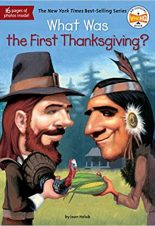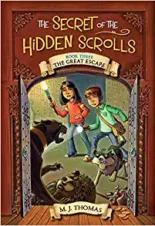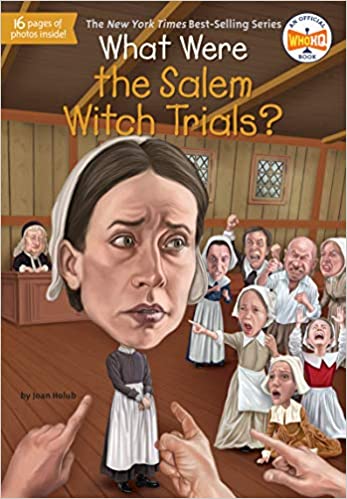
Buy This Book
“The two judges questioned Sara Good. But they didn’t ask if she was hurting the girls. They asked her why she was hurting them. They had already decided she was guilty. They just wanted her confession. If they got her to say she was a witch, they wouldn’t need witnesses or proof.” –What Were the Salem Witch Trials?
What Were the Salem Witch Trials?
by Joan Holub
AR Test, Good for Reluctant Readers
8+
Score
5.3
112
Something wicked was brewing in the small town of Salem, Massachusetts in 1692. It started when two girls, Betty Parris and Abigail Williams, began having hysterical fits. Soon after, other local girls claimed they were being pricked with pins. With no other explanation available, the residents of Salem came to one conclusion: it was witchcraft! Over the next year and a half, nineteen people were convicted of witchcraft and hanged while more languished in prison as hysteria swept the colony. Author Joan Holub gives readers an inside look at this sinister chapter in history.
What Were the Salem Witch Trials? will pull readers in with its fun format that has large black-and-white illustrations on every page. The book uses large font, short chapters, and easy vocabulary that make the story easy to read. Plus, each event is explained fully and broken into smaller sections, so readers do not get confused.
The book doesn’t just cover the witch trials. Scattered throughout the book are sections that give additional information about the people and the times. Topics cover everything from Puritans’ beliefs, superstitions, stories written about the witch trials, Halloween, and even the McCarthy witch hunt. The end of the book includes a timeline, artwork that depicts the time period, and more pictures.
The book doesn’t just stick to the facts; instead, Holub adds her own theories. For example, while no one knows why the accusers made their accusations, the book speculates that perhaps the girls “were scared.” Maybe if the girls “felt an odd pain, perhaps they wondered if an invisible hand had caused it.” Maybe the girls just want attention. This speculation will help readers put themselves into the accusers’ shoes and make them think about what they would have done in a similar situation.
Anyone who is interested in the Salem Witch Trials or the Puritans should read What Were the Salem Witch Trials? Even though the book focuses on the trials, readers will also learn about the court system in Salem. “It was up to suspects to prove they were not guilty. . .The suspects in the witch trials were not allowed to have lawyers. They had to defend themselves.” Many came to believe that the trials were unjust, and readers will be surprised to learn the trials still have a lasting impact today.
What Were the Salem Witch Trials? brings history to life in a format that will appeal to even the most reluctant of readers. Whether you are researching the Salem Witch Trials or just interested in the events, What Were the Salem Witch Trials? will be a helpful and interesting source. Readers who want to learn more about historical events should also check out the I Survived Series by Lauren Tarshis.
Sexual Content
- None
Violence
- When Sara Good and Sarah Osborne refuse to confess, “they were chained to a wall in jail.”
- Other accused people were “tortured to make them confess.”
- People convicted of witchcraft were killed. “They were chained to a post, with wood piled around their feet. The wood was set on fire.”
- For one woman convicted of witchcraft, “Her hands were tied together and so were her feet. At the end of the rope was a big loop, called a noose. When the noose was put around her neck, her feet were pushed off the ladder so they dangled in midair. The noose slowly choked her to death. It was an extremely cruel way to die.”
- Giles Corey refused to confess to being a witch, so he was pressed. Giles was “forced to lie on his back in a field near the jail, heavy stones were set on his chest. . . After two days of pressing, the weight of the stones crushed Giles Corey to death.”
- A four-year-old accused of witchcraft spent “eight months in jail and became mentally ill” due to her time in jail. In all, twenty people were executed, “nineteen by hanging and one by pressing.”
Drugs and Alcohol
- The Puritans had remedies for illnesses. For example, when one girl became sick her parents might have given her “a dose of parsnip seeds” or “castor oil mixed with amber.”
- Some thought that a “witch cake” could cure witchcraft. The recipe instructed: “mix rye flour with some of the girls’ urine to make a sort of dough. Then pat the dough into a cake shape. . . feed it to a dog. While the dog ate the cake, the witch was supposed to feel every bite of its teeth. She would come to the house and beg for the pain to stop.” The witch cake did not work.
Language
- None
Supernatural
- Many people were accused of witchcraft, and the book includes specific examples of what people were accused of, such as one woman who “magically sent a wolf to chase [the accuser].”
- One woman was accused of being a witch and visiting the victims “in the shape of a bird.”
- Puritans believed that witches had “strange marks. . . witches supposedly communicated with certain kinds of spirits, called familiars, through these marks.”
- For good luck, some Puritans “might nail a horseshoe by their door. They’d spread bay leaves around the outside of their houses. Some people carried a piece of mountain ash. . .”
- In England, leaders “sometimes paid witchfinders to start witch hunts. Witchfinders were people who made deals with the Devil, but then had been cured. They . . . promised they could protect people from it.”
- Some speculate that the girls who accused others of being witches became upset after trying to look into the future. The girls “filled a cup with water. Then they dropped the clear part of a raw egg into the water and watched it swirl.” The girls saw a “coffin shape. This was bad news. A sign of death.”
Spiritual Content
- Puritans believed that the Bible’s words were law and that “discipline would keep children close to God and far from the Devil. That way, the Devil couldn’t trick them into doing his evil work.”
- When some of the girls in the village became sick, others “prayed for the girls to get well.”
- Puritans believed someone became a witch when “the Devil came and asked you to become his servant. He made you sign his special book, using your blood as ink.”
- In January 1697, “the Massachusetts Bay Colony held an official day of prayer and fasting to ask forgiveness for wrongdoings, especially in the trials.”
“The two judges questioned Sara Good. But they didn’t ask if she was hurting the girls. They asked her why she was hurting them. They had already decided she was guilty. They just wanted her confession. If they got her to say she was a witch, they wouldn’t need witnesses or proof.” –What Were the Salem Witch Trials?
Latest Reviews
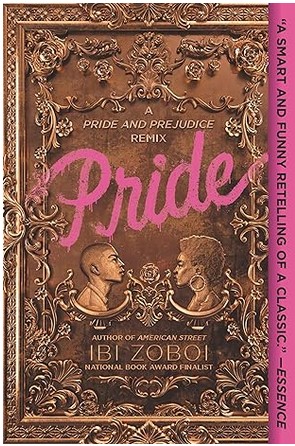
Pride: A Pride & Prejudice Remix

Thieves’ Gambit #1
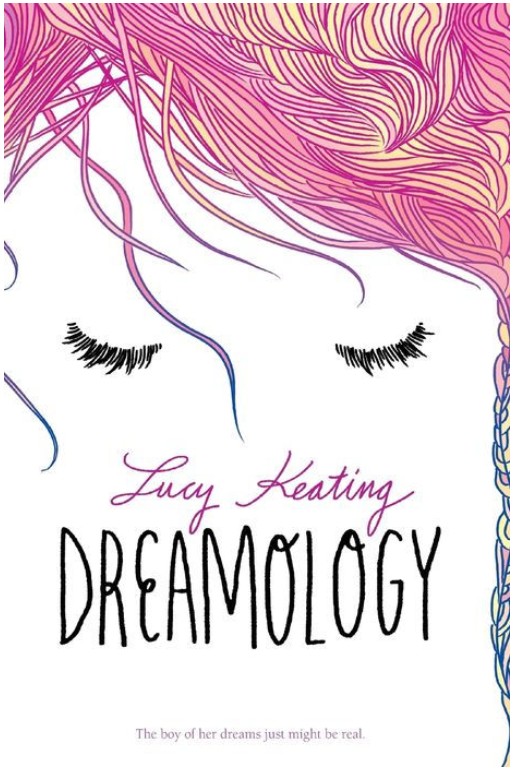
Dreamology
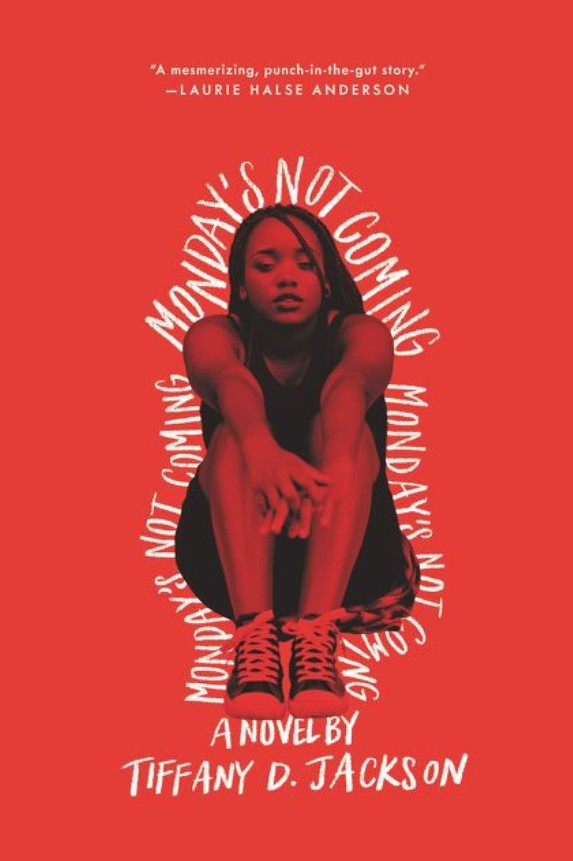
Monday’s Not Coming
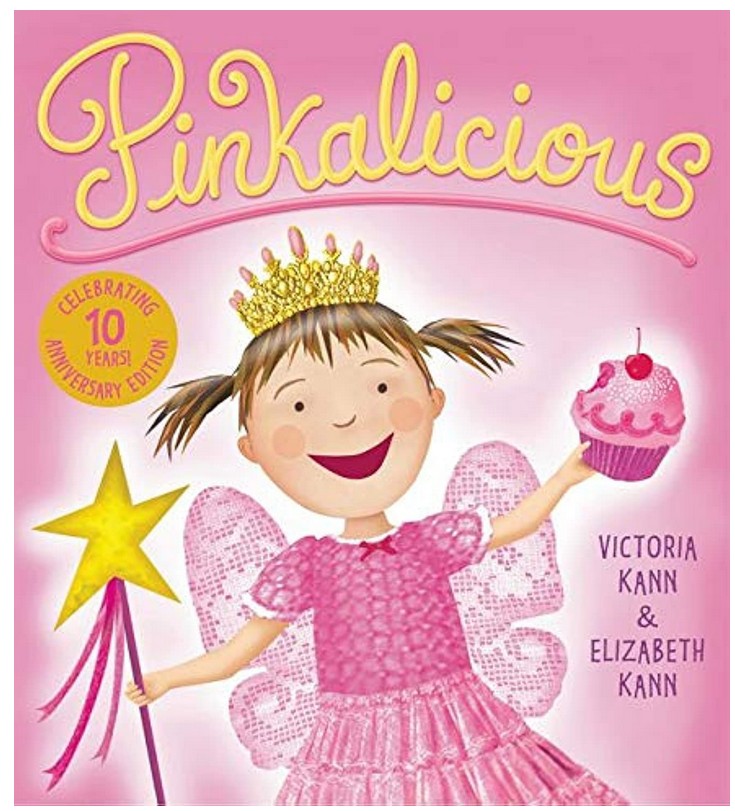
Pinkalicious

Driven

Goodbye Days

Blood of Troy

Will’s Race for Home



